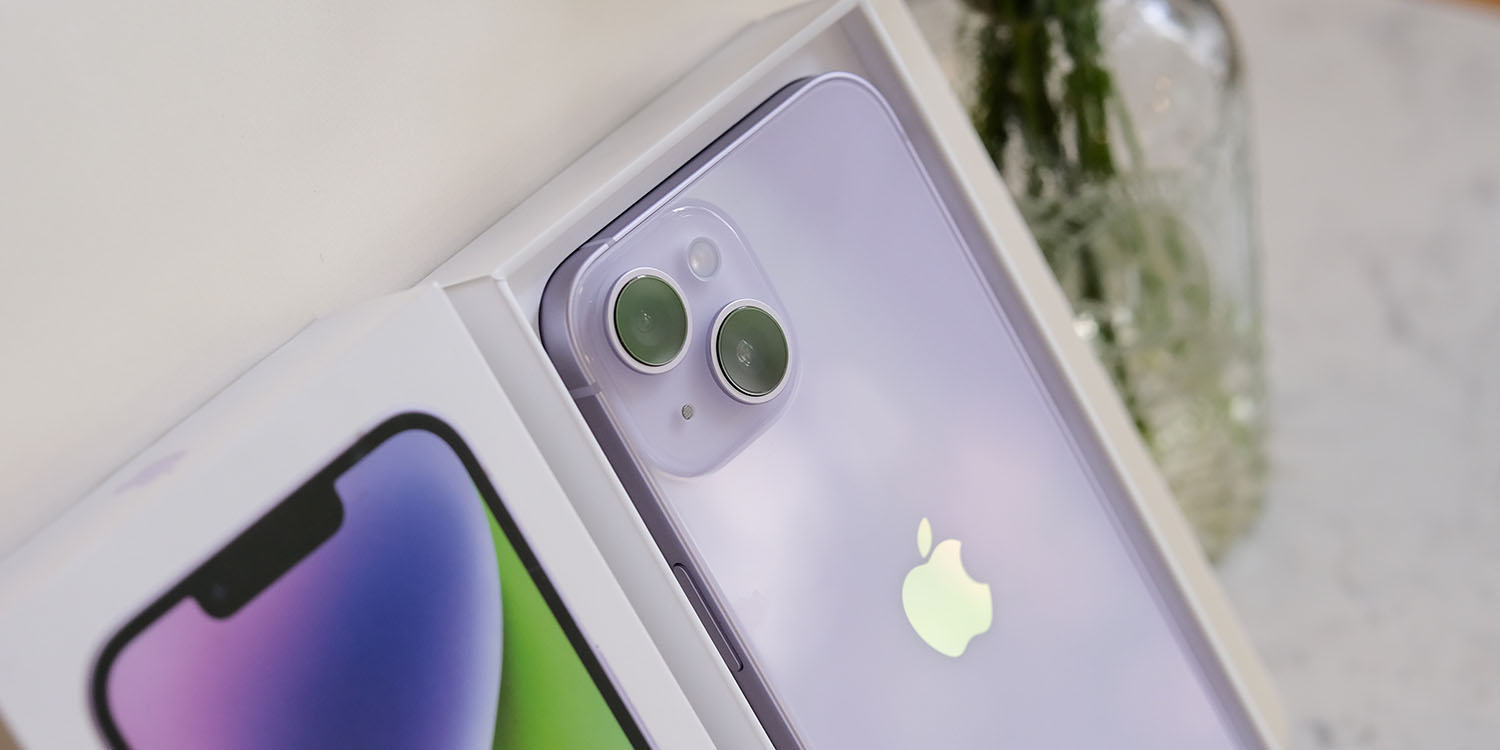
A new report suggests that the base iPhone 14 overtook the iPhone 14 Pro and Pro Max models during the second quarter of the year. Apple did, though, continue to take the top four slots when it came to driving OLED smartphone revenue, with Samsung only managing fifth place.
In the previous quarter, the iPhone 14 Pro Max had seen the highest number of shipments, despite being the most expensive model sold by Apple …
Early buyers went all-in with the Pro models
Right from the start, iPhone buyers took the view that it was worth paying more for the extra features of the two Pro models. The always-on display, Dynamic Island, and 48MP camera proved irresistible to most early iPhone 14 buyers.
Indeed, reviews of the base model iPhone 14 were almost unanimous in recommending against buying it! The clear consensus view was that you should either spend more to get the Pro, or less to get the almost-identical iPhone 13.
Apple, too, expected buyers to spend the extra. The company reportedly expected a full 85% of iPhone 14 orders to be for one of the two Pro models, and that confidence appeared to be well-placed, as the company was unable to keep up with demand.
Despite being the priciest model in the lineup, the iPhone 14 Pro Max proved the top-seller in the first quarter of the year, ahead of the iPhone 14 Pro, iPhone 13, and iPhone 14.
Base iPhone 14 overtook Pro models
By the second quarter, one thing was unchanged: Four out of five of the top-selling OLED smartphones were still iPhones – but the balance shifted to cheaper models.
The latest stats are indirect measurements, actually measuring the revenue achieved by OLED suppliers to smartphone manufacturers. But in terms of the changing split between models, this is a good proxy.
Wccftech reports on Display Supply Chain Consultants (DSCC) stats.
In the latest OLED shipment report for the second quarter of 2023, the less expensive iPhone 14 actually ended up having [a higher] global market share than the iPhone 14 Pro and iPhone 14 Pro Max, becoming the best-selling handset in this period.
- iPhone 14: 15.3%
- iPhone 13: 11.1%
- iPhone 14 Pro Max: 10.7%
- iPhone 14 Pro: 9.2%
- Samsung S23 Utra: 5.2%
An obvious explanation
The explanation for this seems obvious. Those who opt for the Pro models tend to buy early in the lifecycle. Most 9to5Mac readers, for example, tend to place their orders on day one, while others will do so within the first few months.
By the time we hit the second quarter of the year, ending in June, premium buyers are already anticipating the iPhone 15 lineup. More iPhone sales, then, are to less-discerning buyers who aren’t worried about waiting around for new features.
Photo: Thai Nguyen/Unsplash
FTC: We use income earning auto affiliate links. More.




Comments